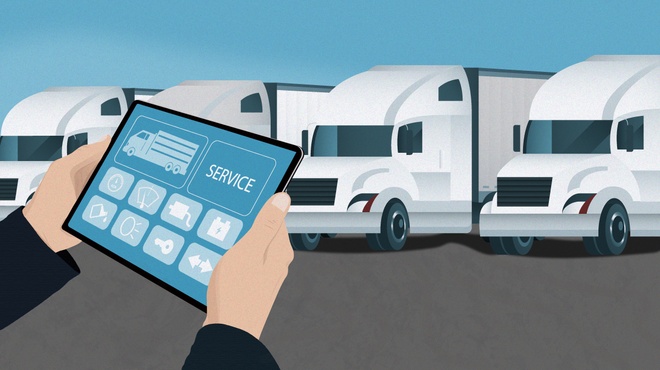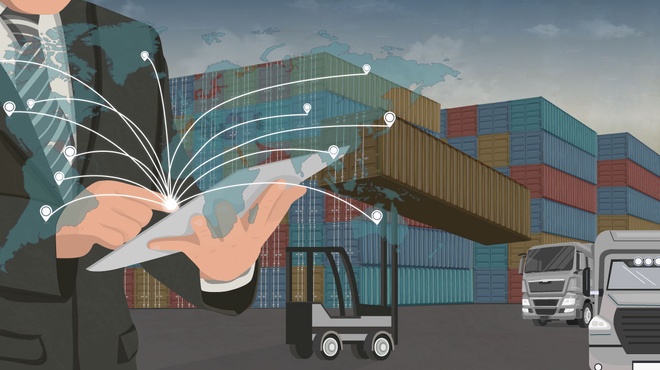Revolutionizing Logistics: How Automation Is Driving the Change
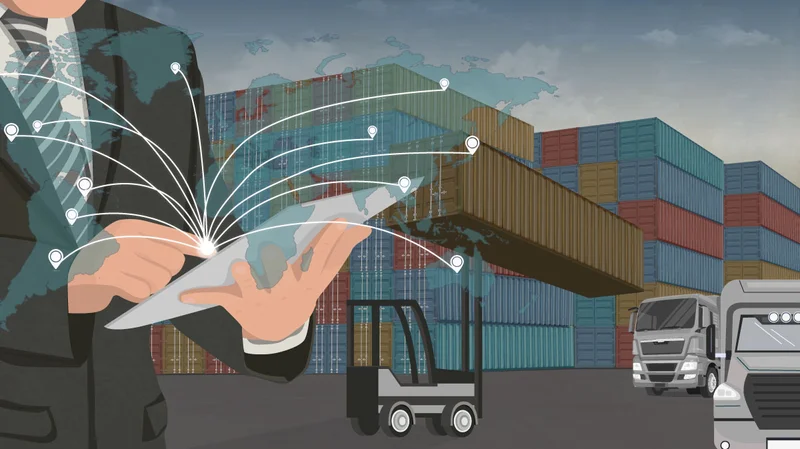
Logistics has been picking up steam for years, experiencing rises and facing challenges along the way. In this article, we are going to analyze logistics company management using the concept of smart logistics and examine automation insights in the sphere.
Logistics Company Management: a Smart Approach
Logistics company management is a complex process that involves planning, implementation, and control of the information, goods and resources flow. Its main goal is to ensure that products are delivered to customers in a timely and cost-effective manner.
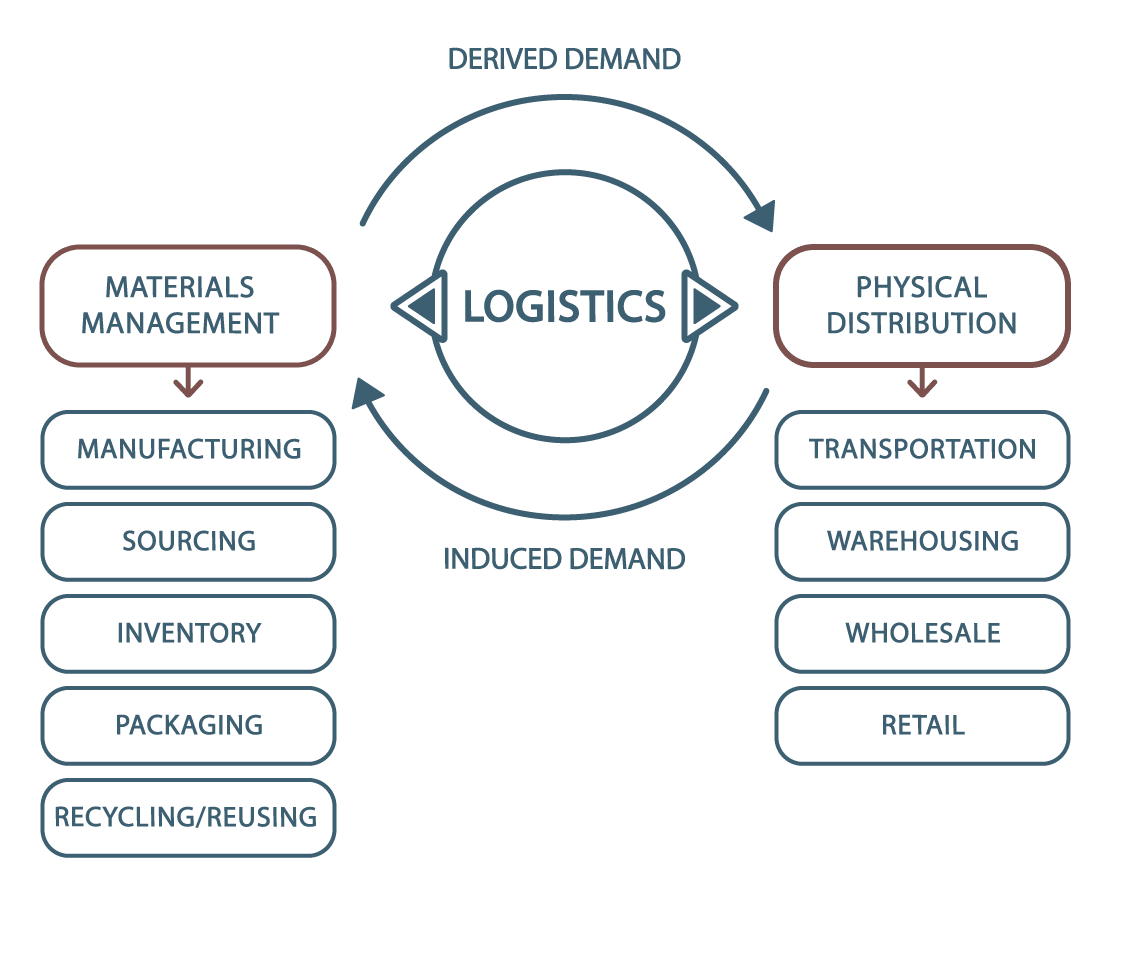
Concept of Logistics
When it comes to efficient management, three key points are vital for companies of all sizes. These include:
Inventory Management
Ensuring that the right products are in stock at the right time is essential for any logistics operation. This involves tracking inventory levels, forecasting demand, and managing order fulfillment.
Transportation Management
Delivering products is a critical part of logistics management. Depending on the size of the company, this may involve managing a fleet of trucks, working with third-party logistics providers, or using a combination of both.
Warehouse Management
Properly managing the storage and movement of products within a warehouse is crucial for effective company management.
While the basic principles of logistics management are the same for companies of all sizes, there are some key differences depending on the size.
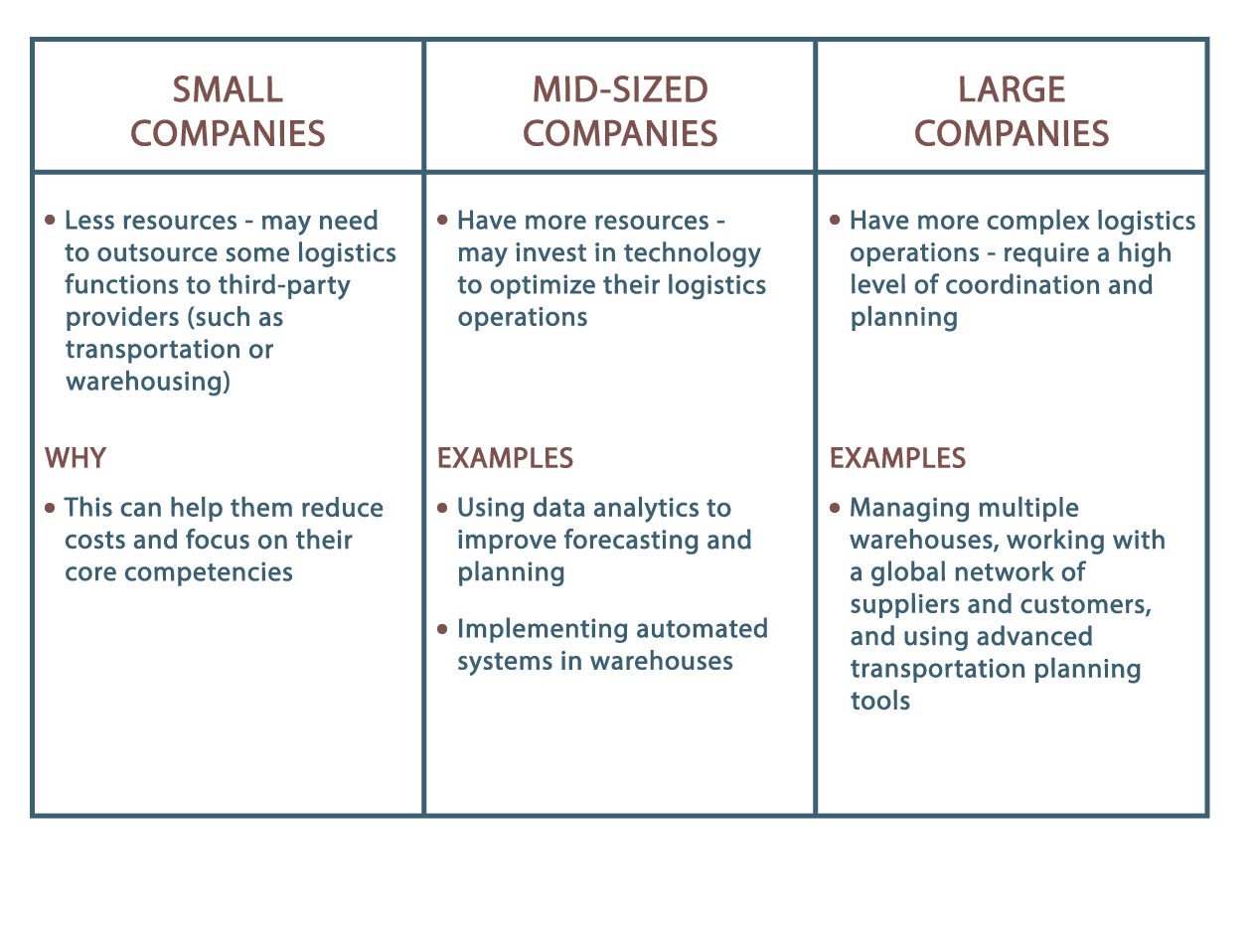
Differences in Companies Size: Management
In addition, several other factors can contribute to company productivity. They are:
Communication
This involves cooperation between different departments within the company, as well as with external partners like suppliers, customers, and logistics providers.
Risk Management
Logistics operations can be affected by a variety of risks, such as weather conditions, supply chain disruptions, and security threats. Efficient management requires a proactive approach to identifying and managing these risks.
Sustainability
More and more businesses are focusing on sustainability, and logistics is an area where they can make a big impact. This includes reducing carbon emissions through more eco-friendly transportation, minimizing waste in warehouses, and using sustainable packaging materials.
According to McKinsey, funding for logistics companies that market sustainable services increased by 12 percent in 2022. And sustainable logistics start-ups, meaning those that have sustainability-related business models or value propositions, grew their share of total logistics start-up funding from 16 percent to 36 percent. These shifts in funding reflect changing market demands, as customers clamor for more supply chain visibility and business models built on an environmental, social, and governance (ESG) framework.
Technology
By all means, companies can benefit from using technology like transportation management systems (TMS), warehouse management systems, and other tools to optimize their logistics operations.
The use of modern technologies has made a significant impact on many spheres of business. Logistics is not an exception.
Smart Logistics Principles
According to research, smart logistics (also ‘intelligent logistics’ or ‘logistics 4.0’) stems from the idea of an intelligent logistics system introduced by IBM.
There is no single definition, but it’s generally viewed as a more intelligent and effective approach to organizing, managing, and forecasting logistic activities using cutting-edge technologies. They involve the Internet of Things (IoT), Big Data analytics, and Artificial Intelligence (AI).
Key Features of Smart Logistics
Intelligence
Intelligent technologies, such as AI, ICT (information and communications technology), and automation technology, are used to enhance the automation level of logistics operations and apply intelligent decision-making to widespread logistics management pitfalls.
Flexibility
Smart logistics is highly flexible because of more accurate demand forecasting, better optimization of inventory, and more efficient transportation routing. The increasing ability to tackle unexpected problems hones customer satisfaction.
Integration
Profound technologies like IoT and ICT allow information sharing among agents in the logistics process, and related business processes to be fully managed. Therefore, strengthening the coordination of various logistics processes.
Self-Organization
Real-time monitoring and intelligent decision-making simplify the logistics system functioning without significant human intervention, which brings higher efficiency to logistics operations.
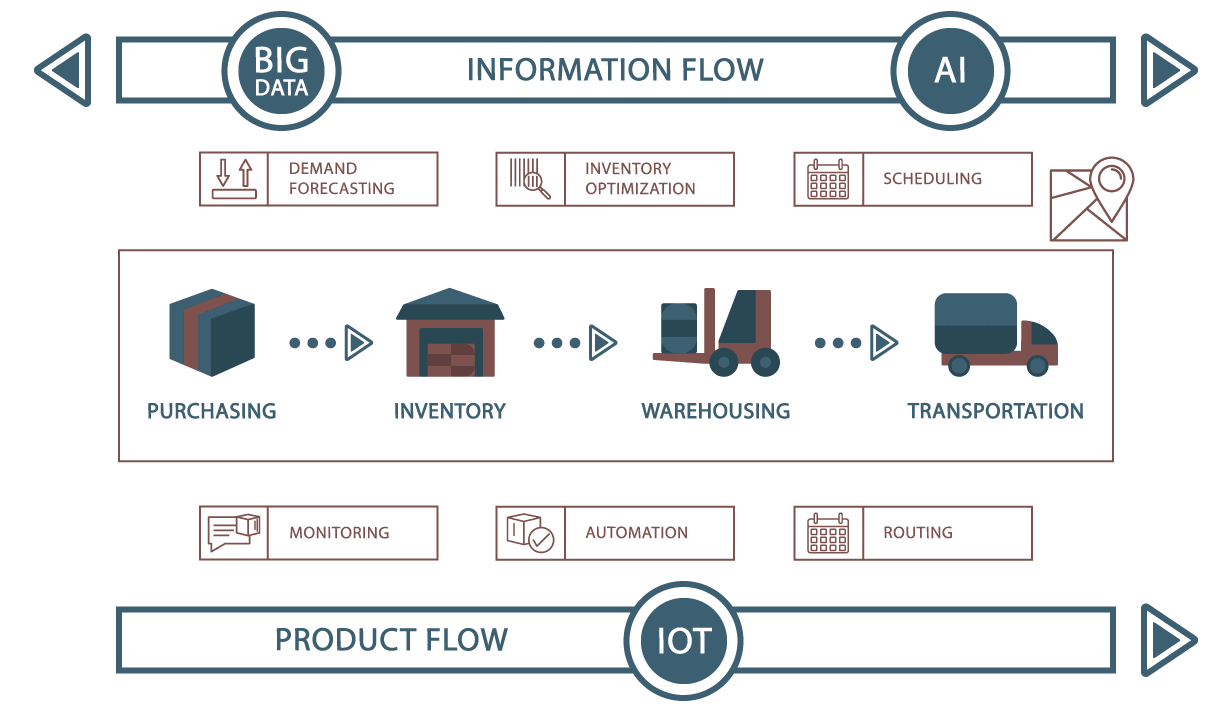
Smart Logistics Concept
Real-time tracking, intelligent optimization, and automated operations are just a few of the new characteristics and capabilities that AI, IoT, and ICT technologies bring to the logistics sector. The logistics operating modes and management frameworks are fundamentally altered by all of these new features.
No wonder, smart logistics is supported by governments with related policies and programs, such as the US, the UK, and France and others. They pay a lot of attention to its infrastructure.
Therefore, the use of tech solutions and automation has been trending for years and will only keep up this pace.
Automation Insights
According to McKinsey Global Institute, the transportation-and-warehousing industry has the third-highest automation potential of any sector. Contract logistics and parcel companies particularly stand to benefit. Automation is also on the table at other transport companies, such as trucking companies and port operators. By 2030, repetitive tasks conducted by logistics companies are expected to be automated thanks to AI.
The potential of automation has always attracted logistics firms, but they were concerned about risks. As a result, they used to invest cautiously. However, in a recent Gartner survey, 61% of respondents say technology is a source of competitive advantage. Many also identify several emerging technologies as critical investment areas, with 20% investing in robotics.
Dwight Klappich, VP Analyst at Gartner, outlines that “Given today’s volatile and disruptive environment, supply chain organizations must become more flexible, and the solution is digitalization.”
Deloitte also adds to the point, stating that more than 50 percent of logistics providers are exploring automation to meet growing delivery volumes. In addition, nearly 41 percent of logistics providers view outdated business processes and manual operations as their most significant challenge to scaling last-mile operations.
What Makes Automation Such a Go-To Option?
Less Reliance on a Labor Market
This point basically speaks for itself. The labor market is getting tighter all the time. As large companies can’t do without a huge amount of labor force, hiring, training, and managing can be a problem. Thus, automation may simplify the process and reduce costs as well.
Accomplishing More & Wasting Less (Time & Space)
Getting products from point A to point B is a compound process that requires a highly-structured supply chain network. Forbes experts believe that to avoid bottlenecks and ensure goods are delivered in a timely fashion, companies should introduce automation at various points along the supply chain. Of course, where it makes sense.
Moreover, the warehousing real estate market is competitive, especially in urban areas. That’s why both established manufacturers and startups like CommonSense consider automation.
Saving the Day During Busy Periods
Without hiring a significant number of part-time warehouse employees, who are more difficult to locate during the holiday season, automation now has a lot going for it in terms of efficiency.
Assistance in Planning & Forecasting
The automation of knowledge work, big data, and sophisticated analytics will all have a significant positive impact on supply-chain planning. To analyze hundreds to thousands of internal and external demand-influencing variables (such as weather, trends from social networks, and sensor data), a few major consumer goods companies are already using predictive analytics in demand planning.
According to another McKinsey research, these companies use machine-learning approaches to model complex relationships and produce an accurate demand plan. Forecasting mistakes frequently decrease by 30% to 50%.
Maximizing ROI, Minimizing Inventories
Automation transforms demand and supply planning into a flexible, continuous process. As a result, product prices can be dynamically adapted to optimize profit and minimize inventories at the same time.
Moreover, scientific study shows that automation has eliminated manufacturing costs, human bugs, and time-consuming processes for supply chains. Therefore, it can result in increasing profit.
Transportation Management Software (TMS)
There are plenty of brand-new efficient technologies that are rapidly developing, that can significantly hone the efficiency of your shipping and operations staff. Let’s give some attention to Transportation Management Software (TMS) in particular.
This tech solution increases the cooperation between the company order management system, the system dealing with warehouse management, and the center of distribution. The key point of TMS is to improve the processes of delivering products from one place to another and assist with planning and transportation.
TMS is a management center for logistics in a shared channel of carriers, customers, and shippers. Its key modules include load optimization, yard management,advanced shipping, route planning and optimization, carrier management and order visibility.
Additionally, TMS can produce computerized load tendering and track the completed, optimized shipment with a chosen carrier by connecting to ERP systems.
Here Are Some Essential Features of TMS
Route Optimization
Using TMS for optimizing transportation routes will contribute to reducing travel time and costs.
Freight Management
TMS assists in managing the transportation of products, including booking, tracking, and managing delivery.
Carrier Management
Companies can manage their carrier relationships, track performance, and select carriers based on predefined criteria.
Warehouse Management
Managing warehouse operations such as inventory management, order fulfillment, and shipping is easier with TMS.
Real-Time Visibility
TMS can bring real-time visibility into the transportation process to the table, allowing businesses to track shipments and monitor performance.
Reporting & Analytics
Providing reports and analytics on various aspects of transportation, such as carrier performance, costs, and delivery times is also a huge benefit.
Overall, TMS can help businesses streamline their transportation operations, save costs, and improve customer satisfaction.
TMS Market
TMS platforms are relentlessly growing their popularity. According to market research, the global transportation management system market was valued at $5,467 million in 2019 and is projected to reach $11,367 million by 2027, registering a CAGR of 9.6% from 2020 to 2027. Almost 35% of businesses are now using the platform for managing their transportation network.
Integrating technology in transportation has created various opportunities for operational efficiency, sustainability, new business models, and richer customer experiences. For example, according to the World Economic Forum, digitalization in the logistics industry could unlock a $1.5 trillion opportunity by 2025.
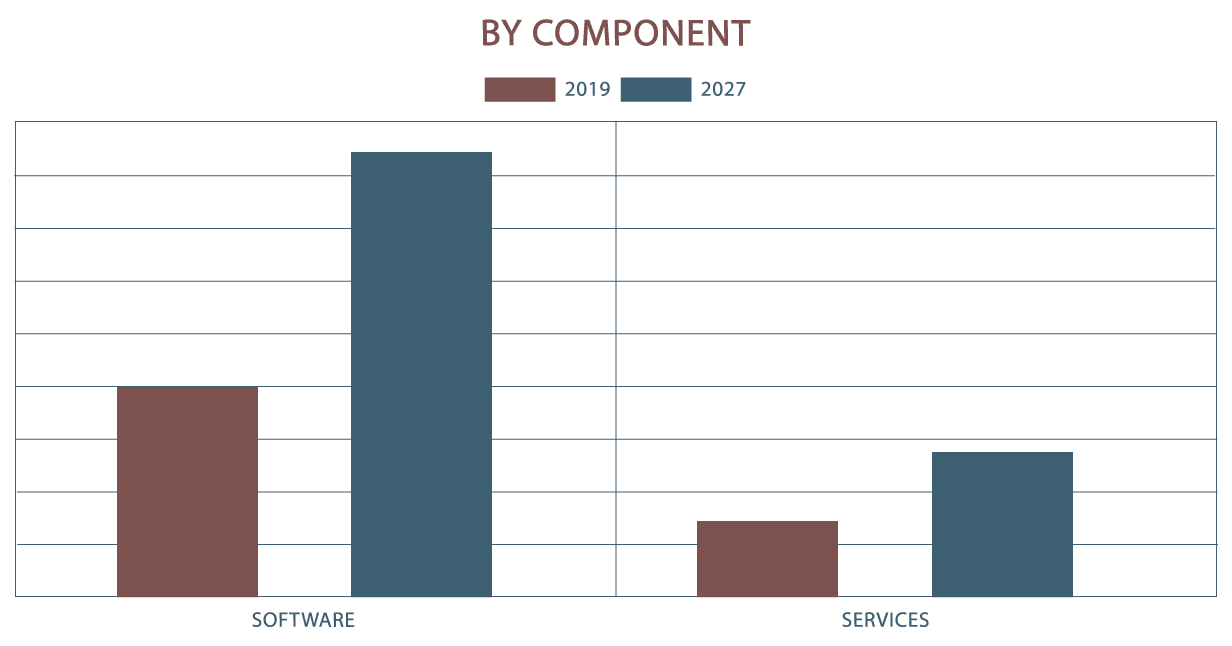
Solution Segment Is Projected As One of the Most Lucrative Segments
Regions Overview
North America
Due to the high number of participants and industry columns, North America commands the global transportation management system market. In fact, the TMS industry is one of the important sectors in the North American economy. The transportation management system market size in this region is expected to reach a value of USD 443.72 million at a decelerating CAGR of 9.06%, during 2021-2025, according to the market research.
To gain a bigger piece of the traffic management system market, the U.S. and Canada are working together. In addition, the market for transportation management systems is expected to develop quickest in Canada. Since the transportation industry primarily depends on transportation professionals to meet their financial objectives, customer delivery promises, and profit margins, it plays a significant role in the supply chain.
Asia Pacific
Due to increased international trade, particularly in developing economies like China and India, the Asia-Pacific region is anticipated to have tremendous growth. Additionally, smartphone penetration is growing in the Asia-Pacific region with non-renewable revenue. To serve the greatest number of clients, a proper transport management system is required.
The Asia Pacific TMS market is expected to witness market growth of 18.4% CAGR during the forecast period (2021-2027), according to the market study.
Europe
The European TMS market also had a significant growth in recent years and is expected to rapidly grow. Introducing technologies in transportation is taken into account by governments with related policies and programs, such as the UK, Germany, France and others.
According to the recent report, the Europe TMS market size was valued at USD 2.70 billion in 2022 and is expected to expand at a compound annual growth rate (CAGR) of 12.1% from 2023 to 2030.
With a market share of more than 20%, the UK topped the European transportation management system industry in 2021. The UK government introduced the Future of Transport program in November 2020 to promote innovation in the transportation industry and create a new market for transportation. So that to ensure a modern transportation infrastructure, and keep the UK at the forefront of innovation by decarbonizing the transportation sector for the benefit of all humanity. These activities resulted in the expansion of the local market.
Germany is projected to increase at a significant rate during the predicted period. To promote the effective operation of the logistics industry and foster a competitive environment, the nation’s authorities are adopting progressive laws, norms, and institutional policies.
Germany is creating the foundation for a dependable and efficient logistics and freight transportation system with this effort. The major objective is to make sure that goods are transported safely, promoting economic growth and the creation of jobs while being cautious about climate change and environmental protection issues.
Conclusion
According to a study, the whole automation market globally was valued at 58,050 billion dollars in 2022. It’s forecasted to grow by 139.14 billion by 2031 at a CAGR of 10%. Therefore, it’s impossible to underestimate the role of automation in logistics. Technical advancements allow for better transactional and communication systems, enabling users to utilize massive real-time data, make decisions more easily, and plan and strategize for the best transportation solutions.
If you are ready to explore the world of digital solutions and optimize your logistics company management, consider contacting our experts.


